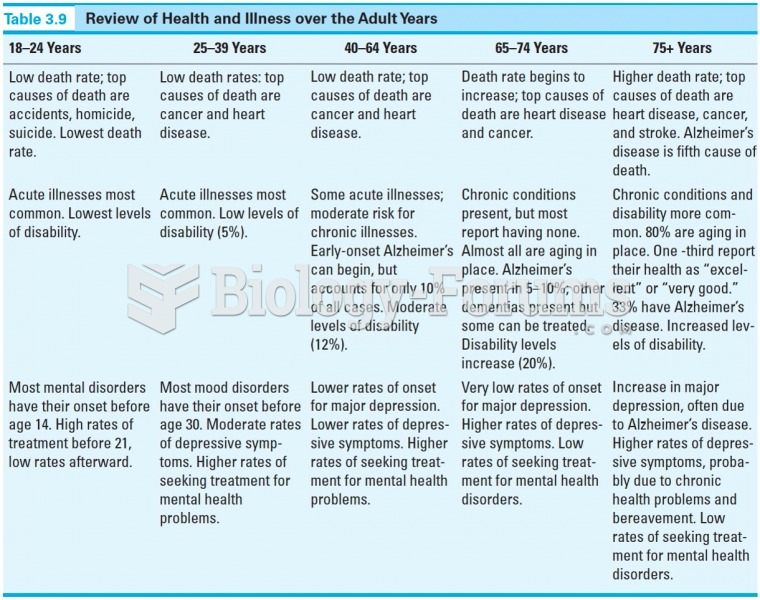|
|
|
Did you know?
The FDA recognizes 118 routes of administration.
Did you know?
Giardia is one of the most common intestinal parasites worldwide, and infects up to 20% of the world population, mostly in poorer countries with inadequate sanitation. Infections are most common in children, though chronic Giardia is more common in adults.
Did you know?
The eye muscles are the most active muscles in the whole body. The external muscles that move the eyes are the strongest muscles in the human body for the job they have to do. They are 100 times more powerful than they need to be.
Did you know?
Human kidneys will clean about 1 million gallons of blood in an average lifetime.
Did you know?
Nearly 31 million adults in America have a total cholesterol level that is more than 240 mg per dL.






